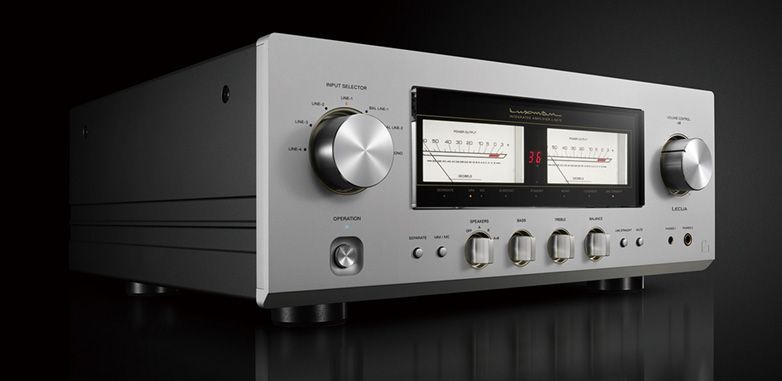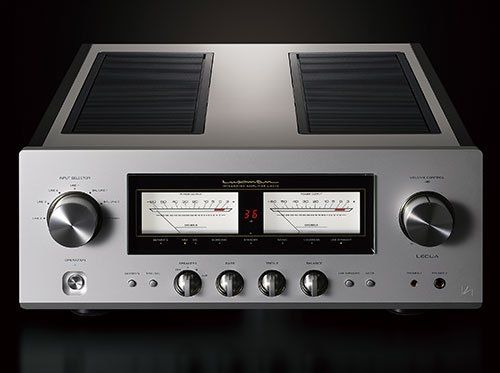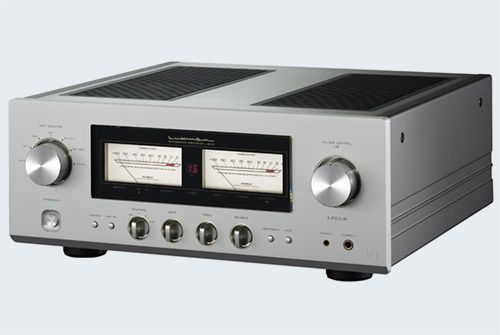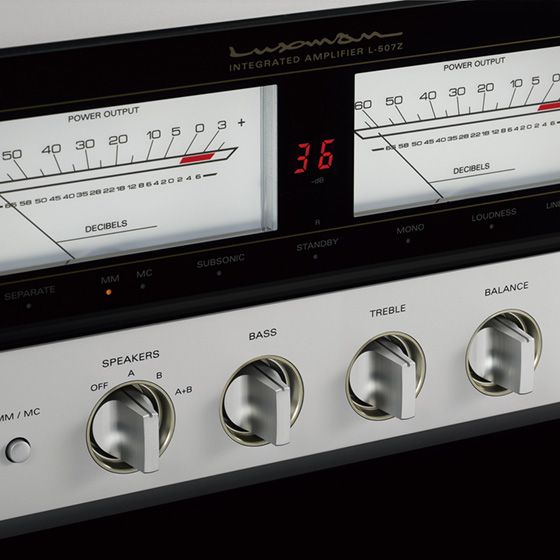
We have had the new Luxman L-507Z amplifier for a while now and, after a full run-in period, we decided to listen closely to what the new design philosophy the Z Series brings to the sound quality.
The L-507Z essentially replaces both the L-507AXii Class A/AB and the L-590A Pure Class A models. It is the first integrated amplifier to incorporate the new LIFES noise reduction system that is the heart of the Z Series. There is a more detailed description of this new technology on the link below.
The L-507Z took much longer to burn in from new than we would have expected. Instead of a more typical 300-400 hours of music playing this model requires in excess of 500 hours to deliver optimal sound quality.
The sound then became the trademark very open, deep sound stage we expect from a Luxman amplifier with great insight into the musical nuances due to the high level of transparency. The amplifier also has a very tight grip on the bass and controls speaker well with excellent bass extension. Fast transients and dynamics, and speedy recovery enables the rhythmic qualities of the music to come through with ease.
Contrary to the other Class A/AB, or indeed the Pure Class A designs, the L-507Z runs very cool to the touch, not even a little warm. This suggests to us that the design philosophy is now mostly, if not entirely, Class AB, quite a departure from their classic models.
We then compared it to the L-509X, the current flagship integrated amplifier, as we no longer have a sample of the previous L-507AXii. Using a series of CDs we know well which are well recorded with good holographic soundstages, played via the exquisite Luxman D-10X, there are differences. Whilst the new Z series amplifier is delivering a truly excellent and pretty neutral sound pictures, there was a more natural and organic sound picture from the L-509X that is very beguiling still.
We invited over George Sallit who reviews extensively for HiFi WigWam as he is a big fan of Luxman and was keen to hear the new L-507Z amplifier. He brought over just a few CDs which included a very fine Reference Recordings version of Beethoven 9th Symphony and Led Zeppelin’s first album. Eclectic those these two pieces of music may appear, they both were very useful is illustrating the differences in sound quality and presentation that the L-507Z and the L-509X present.
The large scale of the Beethoven recording and the excellent dynamics and holography, a trade mark of Reference Recordings, were portrayed superbly with the L-507Z. The voice and the choir were very lifelike and not overshadowed or overwhelmed by the dynamic orchestral parts.
Led Zeppelin’s Dazed and Confused illustrated the raw power of this rock band from a straightforward, good recording from the analogue era. The contributions of the individual members of this band were rendered very clearly, with accurate tonality especially from the voice and the acoustic guitar.
The
L-507Z showed how good it is with powerful and dynamic music justifying the praise for the new Z technology.
Playing the same recordings on the L-509X reduced the slight tendency towards brightness with the L-507Z, with more nuance and emotion to voices, and better dynamics to individual instruments. Overall a more natural sound, less forward in presentation. The consensus was that L-509X is the better amplifier.
There is no doubt the L-507Z is a superb integrated amplifier and is made to same high level of build quality that Luxman is famous for. It is easy to succumb to the slightly brighter and forward presentation as providing more detail and excitement, but the L-509X is certainly equal on these characteristics, has a more holographic presentation, has slightly better dynamics, and is more slightly more natural in tone.
This comparison is not a strictly accurate as we are comparing a top of the range integrated amplifier with a level below, and with two different design philosophies within them. We look forward to hearing the new L-509Z variant in due course which is unlikely to be available before the latter part of 2023.






